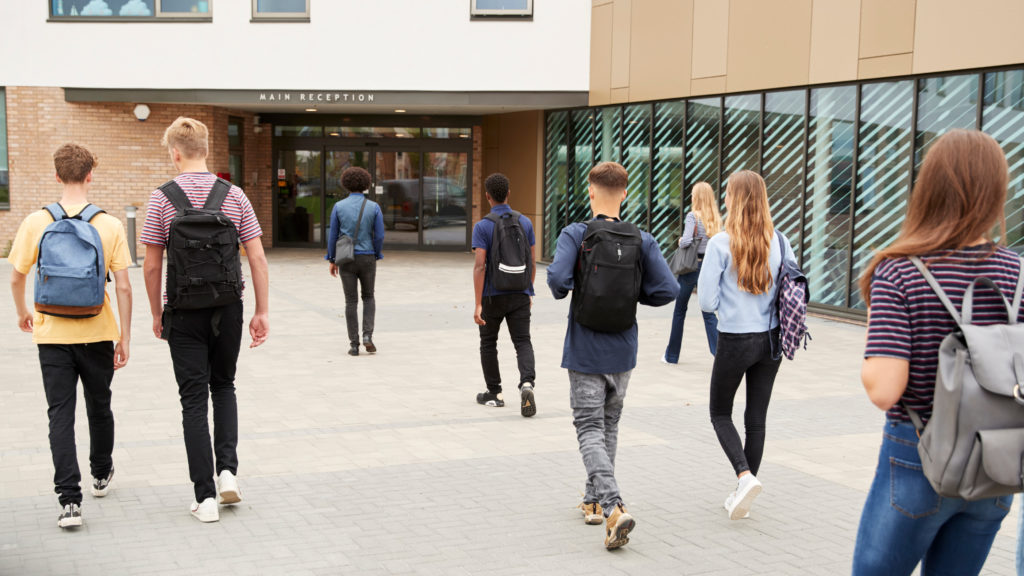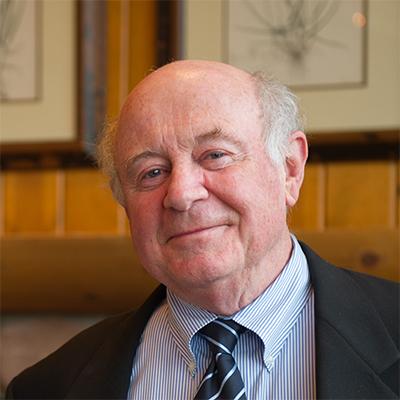This September won’t be the last time districts aren’t sure how to provide instruction. Next January, or March, or even next September could be at least as bad.
Districts prepared mainly for in-person instruction and hybrid scenarios, but in the face of escalating COVID-19 concerns, they were forced to shift to fully remote schooling. They must now implement the scenario for which they are least prepared. States are culpable here. Only 15 states in the country required their districts to prepare for multiple scenarios. District and state leaders shouldn’t let that happen again.
During the pandemic, school districts must deal with uncertainty, not ignore it or take shots in the dark. No one can be sure when or whether we will have an effective vaccine, be able to gain herd immunity, find a cure, or endure a second wave or simultaneous epidemics.
Now and for the foreseeable future, districts can’t be sure who will send their children to school, who will keep them out, and how parent preferences will change if infections spread in schools. The same is true of teachers who consider themselves or their families vulnerable. Districts could also experience big shifts in enrollment as some families move to avoid risky situations and others leave the public education system entirely.
Even in communities where vocal groups demand that schools fully open this fall, other parents worry about their own children’s special vulnerabilities (and whether other parents’ children are fully vaccinated and following safe practices at home).
In these circumstances the only survivable posture for a state or school district is to acknowledge uncertainty. That means preparing for multiple scenarios, not just one. It also means avoiding long-term commitments to contracts, people, and facilities that might be needed now but not later.
Districts—as in Miami-Dade County—can be prepared to go all online, or have some students online full-time and others in blended arrangements, or have students in school on a staggered schedule. Other districts in our surveys were prepared to switch smoothly between online and in-person instruction, keeping students on the same learning schedule in either mode. But too many districts bet everything on full in-person instruction.
Districts also must avoid making commitments that will limit their flexibility. Districts shouldn’t enter (or be required by their states to establish) new collective bargaining agreements that prescribe work rules until it is much more clear how teachers will work after the crisis passes. The same should be true of tenuring new teachers, building new facilities, and hiring new staff for central office units not directly involved in instruction.
As they discover needs for new teacher skills, districts should keep themselves free to hire or train for them. Districts need freedom to hire unconventional and temporary teachers to work as tutors. Contracts for transportation and food service will need to be rethought, and charter school renewals should depend on pandemic-era performance. Needed facilities and other resources should be rented whenever possible. New schools—whether chartered or district-run—should be flexible and easily transformed if needs change.
These requirements make big demands on superintendents and school boards, which will have to review real-time evidence on who is getting instruction and who is being left out, and support quick changes when necessary.
At some point, the post-pandemic character of local education systems will become clear. Then, there will be pressures from employee and administrator groups to put the old system back in place. But the old system would force abandonment of lessons learned and new learning options developed during the pandemic. Districts must assure parents and taxpayers that they are able to do what’s necessary—not just what pre-pandemic habits and rules allow.




